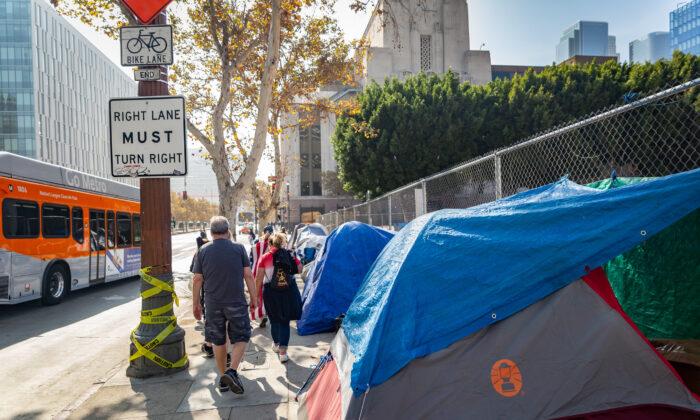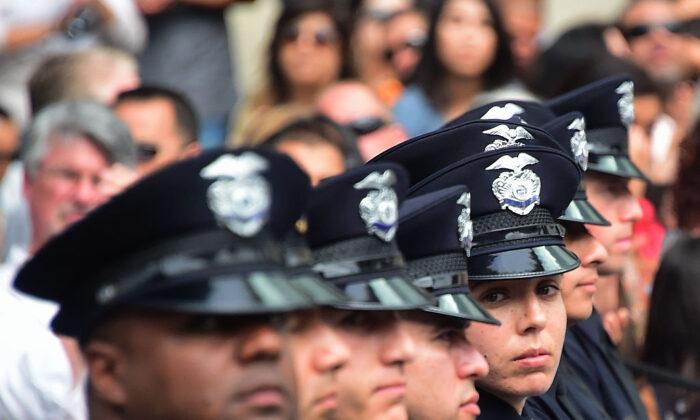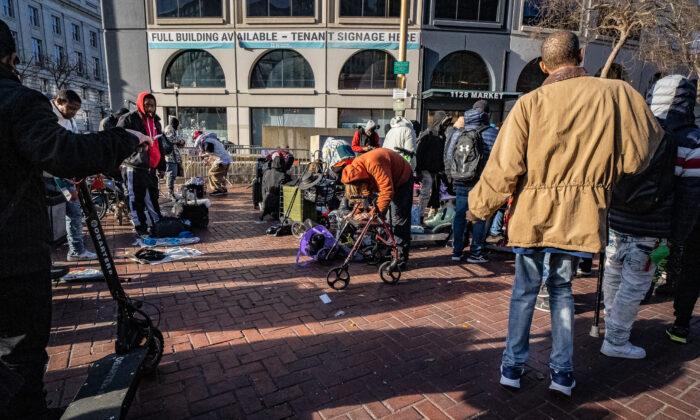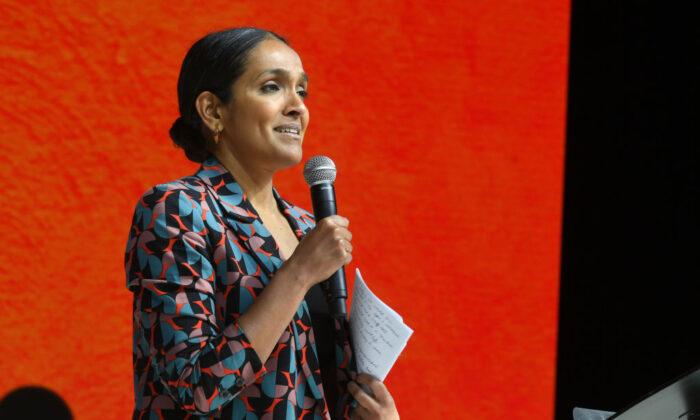The number of homeless individuals in Los Angeles County rose 4.1 percent since 2020, counting over 69,000 homeless countywide and 42,000 in the City of Los Angeles, according to the latest point-in-time tally released Sept. 8 by the Los Angeles Homeless Services Authority (LAHSA).
The homeless count, which took place from Feb. 22–24, determines how much funding the agency will receive from federal resources to combat homelessness.
The count’s results were originally supposed to be released in July, but were postponed due to the COVID-19 surge.
This year’s count was the county’s first since 2020, as last year’s was canceled when LAHSA determined it was not safe to gather 8,000 volunteers amid stay-at-home orders and curfews due to COVID-19.

Officials said this year’s count revealed that 39.5 percent of the homeless suffer from serious mental illness and substance abuse. Despite this number, the city and county do not require housing services to have mandatory rehabilitation programs once a homeless person receives temporary shelter or housing.
“That also means that 6.5 percent of our unhoused neighbors have a serious mental illness or substance abuse reported,” Kristina Dixon, co-executive director of LAHSA, said Thursday during a presentation announcing the count. “COVID exacerbated mental illness and substance use among the housed and unhoused alike.”
However, Dixon said that overdoses affected the homeless even more. Homeless people are 35 times more likely to overdose than someone in housing, according to the report, with overdoses among L.A.’s unhoused increasing by 80 percent in 2021 “driven by the rise in fentanyl and economic dislocation.”
As Los Angeles city councilors barred encampments in public spaces this year, the LAHSA report also found there was a 17 percent increase in tents, vehicles, and makeshift shelters, but only a 1-percent increase in street homelessness. This is because the COVID-19 pandemic made homelessness more visible as people sheltered in place inside tents in public spaces
According to the 2020 count, the county’s homeless population increased by 12.7 percent over the previous year, while the City of Los Angeles’ homeless population increased by 14.2 percent.
In January 2019, Los Angeles County had nearly 59,000 homeless, but by January 2020, the number rose to about 66,000. The City of Los Angeles counted over 36,000 in 2019 and 41,000 in 2020.
L.A.’s Homeless Spending
In 2016, voters opted for Proposition HHH—a $1.2 billion bond to create 10,000 permanent supportive housing units. Since the proposition passed, the city has created only—1,142 units—or 14 percent of what was promised.While more than half of projects are currently under construction, nearly a third are still in pre-development stages, and projects are taking between 3 to 6 years to complete, according to L.A. city controller Ron Galperin’s February 2022 report.
Galperin said in a statement Thursday the latest homeless count results “are deeply frustrating.”
“Taxpayers have opted to invest billions of dollars to address the homelessness crisis, only to be disappointed as benchmarks for progress continue to go unmet. Despite historic public spending to address the issue, the number of people who are unhoused in our region continues to increase, while housing and services remain out of reach for thousands on our streets,” Galperin said.
The city controller said there needs to be more temporary housing solutions to faster place the homeless into shelter as housing continues to be constructed.

The city has tried several different methods to tackle the issue and house more homeless. During the pandemic, emergency interim program Project Roomkey was established to place homeless individuals into contracted hotels and motels where they were given a private room and the opportunity to take advantage of other resources that would connect them to permanent housing.
Now, the program has evolved into Project Homekey, which state officials plan to incorporate permanently, as Gov. Gavin Newsom announced a $694 million grant into 2,500 new homeless housing projects statewide late last month. LA was the largest recipient of Newsom’s grant, with 10 new projects funded, amounting to $277.3 million for 960 units.
The Los Angeles region has received $948 million for 62 Homekey projects since 2020. Earlier this year, the city was reportedly spending $837,000 per person on a single homeless housing unit.
Newsom also raised the state’s homelessness budget from $12 billion last year to $14 billion this year.
Assembly Republican Leader James Gallagher said Project Homekey is “akin to putting a bandaid on a severed limb.”
“Simply providing shelter to someone struggling with a severe mental health illness or drug addiction is nothing to celebrate,” Gallagher said in a statement. “California’s approach to reducing homelessness needs to be holistic with more emphasis on accountability and treatment for mental health illnesses and drug addiction.”





